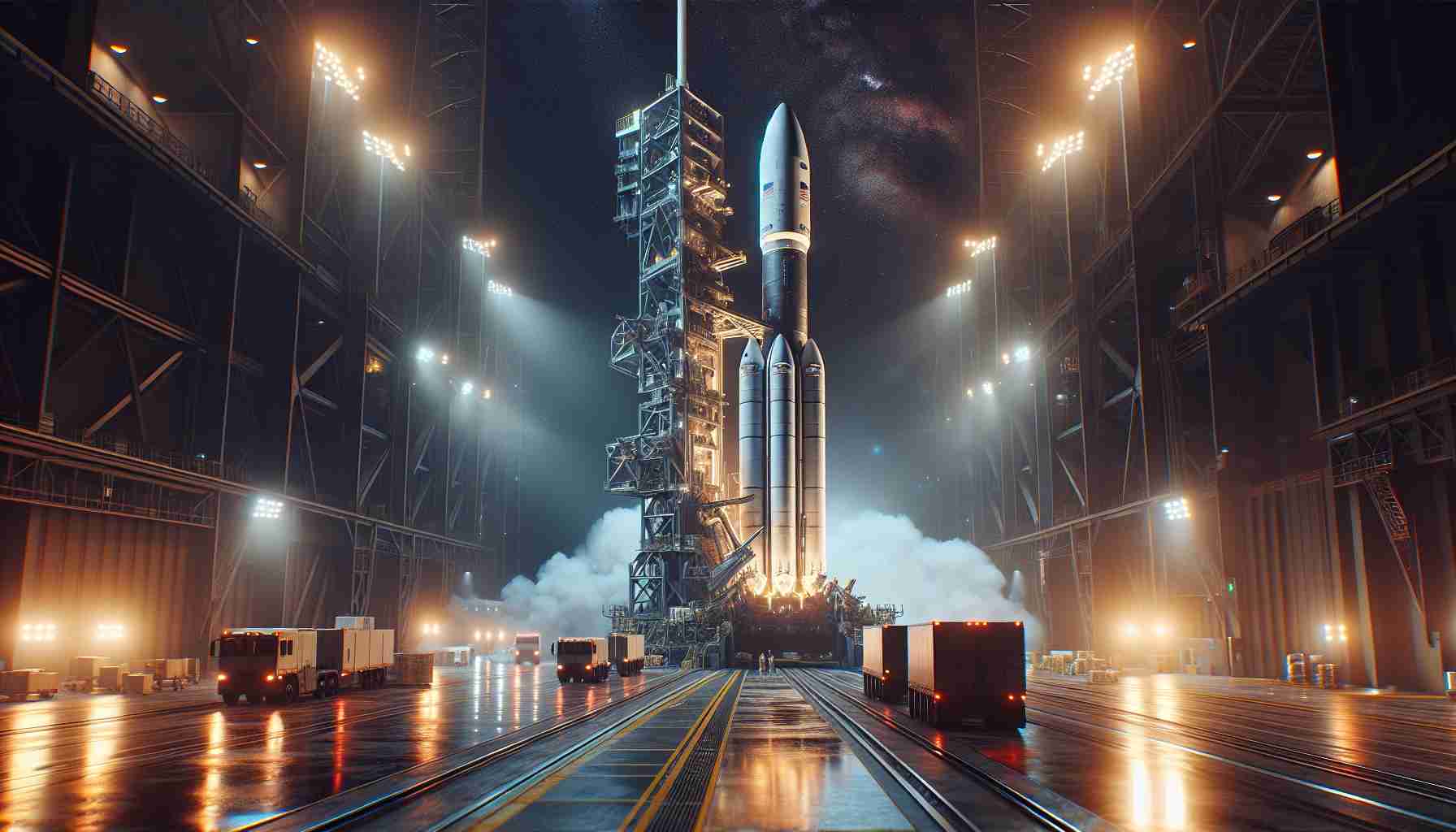
On a crisp morning in Florida, a United Launch Alliance (ULA) Atlas V rocket is poised for its journey into the skies. Departing from Launch Complex 41 at 6:45 a.m. EDT on Tuesday, July 30, this mission, known as USSF-51, holds a clandestine payload for the Space Force’s national security operations. While this launch signifies the closure of the national security chapter for the Atlas rocket family, it does not signify the end of the line for the Atlas V. Excitingly, there are more missions in the pipeline before the torch is officially passed to the ULA Vulcan rocket.
The Atlas V rocket’s retirement heralds a new era in space exploration, with the advanced ULA Vulcan rocket set to take its place. As the Delta IV and Atlas V series step down, the Vulcan rocket stands ready to usher in cutting-edge technologies and capabilities to propel humanity further into the depths of space. With a focus on innovation and efficiency, the Vulcan rocket promises a bright future for space missions, ensuring that the legacy of its predecessors lives on in the stars.
Brooke Edwards, an esteemed Space Reporter with Florida Today, eagerly follows each launch, capturing the essence of these groundbreaking events with precision and passion. For more captivating insights into the world of space exploration, reach out to Brooke at [email protected] or follow her cosmic journey on X: @brookeofstars. Stay tuned as the final national security mission of the Atlas V rocket unfolds, marking a momentous occasion in the annals of space history.
In its final national security mission, the Atlas V rocket is not only carrying a secret payload but also paving the way for the future of space exploration. As the countdown begins for the USSF-51 mission lifting off from Launch Complex 41, there are key questions that arise regarding this significant event.
What is the nature of the secret payload being launched on the Atlas V rocket?
The details of the payload remain classified, adding an air of mystery to this final national security mission. Speculations abound about the purpose of this payload and the implications it may have for national security operations.
What are the key challenges faced in transitioning from the Atlas V to the ULA Vulcan rocket?
One of the main challenges lies in ensuring a smooth transfer of responsibilities from the trusted Atlas V to the upcoming ULA Vulcan rocket. This transition involves synchronizing technologies, capabilities, and operational procedures to maintain the high standards set by the Atlas V.
Are there any controversies surrounding the retirement of the Atlas V rocket?
While the retirement of the Atlas V is a natural progression in the evolution of space technologies, there may be debates surrounding the choice of successor and the timeline for the transition. Some may argue for the continued use of proven systems like the Atlas V, while others champion the need for innovation with the Vulcan rocket.
Advantages and Disadvantages:
The retirement of the Atlas V rocket opens up opportunities for advancements in space exploration with the introduction of the ULA Vulcan rocket. The advantages include improved technologies, enhanced capabilities, and increased efficiency in launching payloads into space. However, the transition may also pose challenges such as operational adjustments, potential delays in launch schedules, and uncertainties in the performance of the new rocket.
For more information on the future of space missions and the evolving landscape of rocket technology, visit ULA’s official website to explore the latest developments in launch vehicles and space systems.
Stay tuned as the Atlas V rocket embarks on its final journey, leaving behind a legacy that will be remembered in the annals of space history while heralding a new era of space exploration with the ULA Vulcan rocket at the helm.



